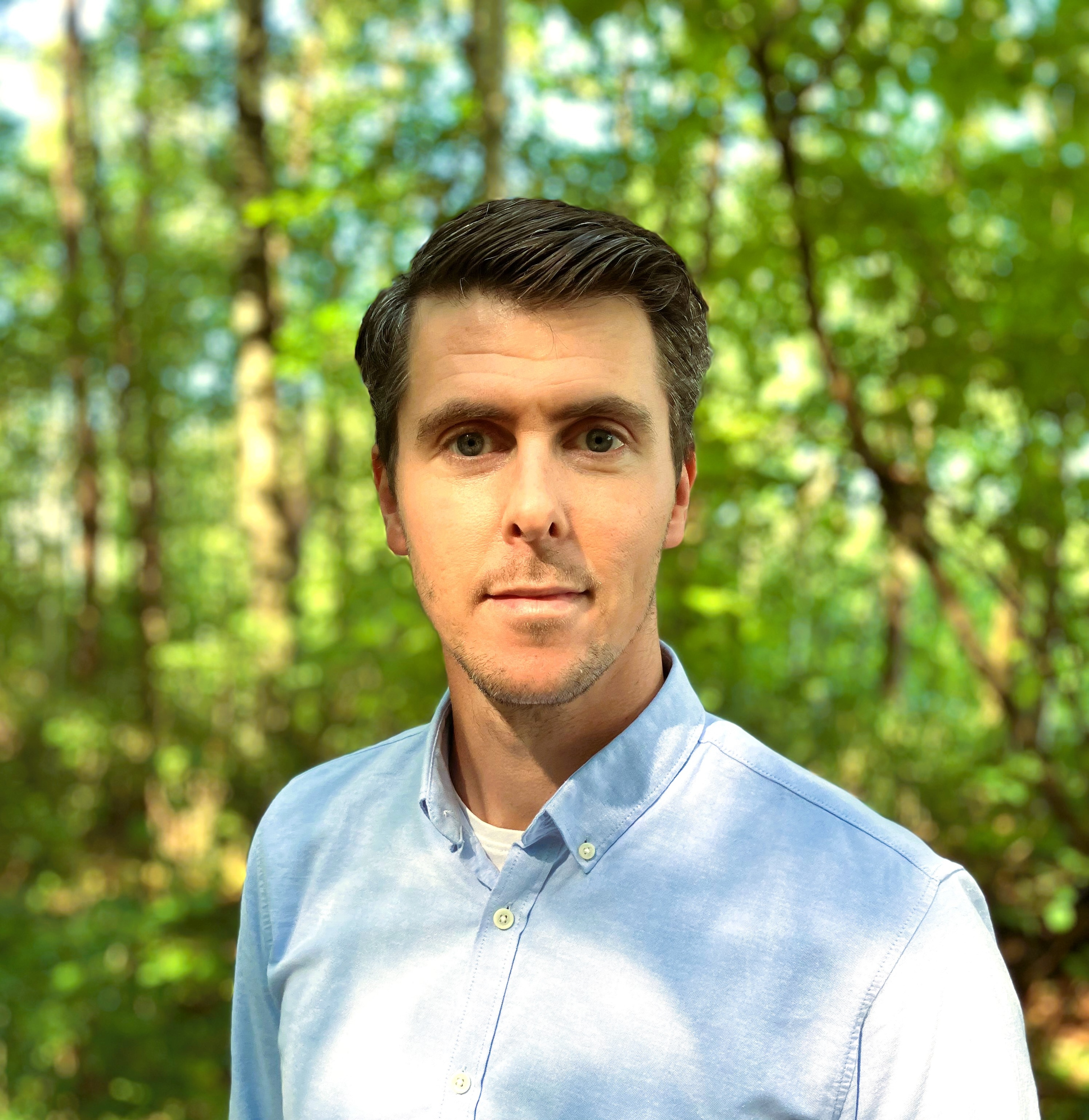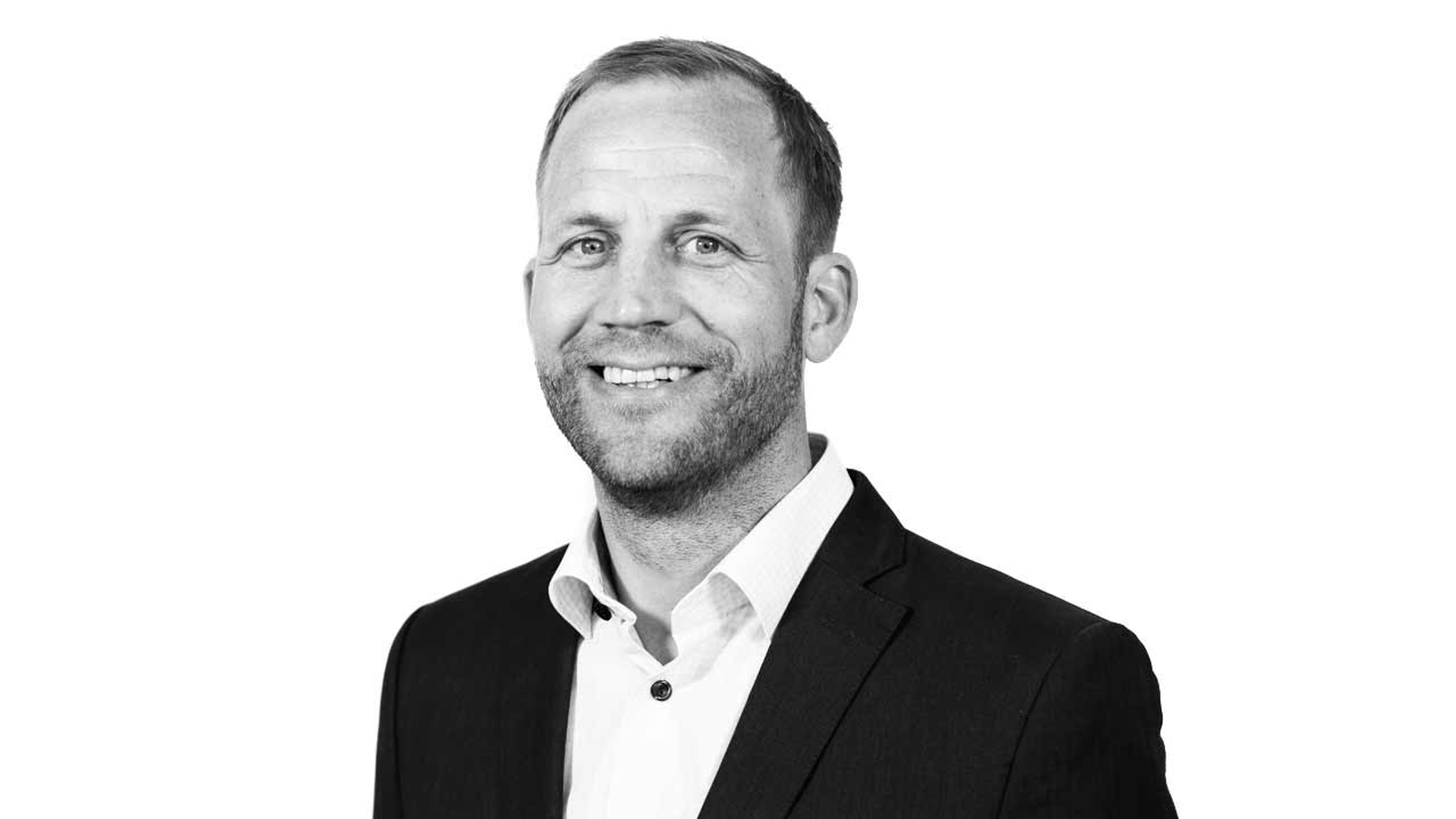Semcon StoriesProduct Development
The endless possibilities of Computational Fluid Dynamics (CFD)
Bastian Nebenführ discovered his passion for fluid dynamics during his mechanical engineering education. Read more about the possibilities of computational fluid dynamics (CFD) and what it’s like to work as a Team Manager at Semcon in Gothenburg.

My area of expertise lies within numerical simulation, more precisely computational fluid dynamics (CFD). We use large computers to simulate fluid flow and heat transfer for a wide variety of different applications. Typical examples of industrial CFD applications are the aerodynamic optimization of vehicles and aircraft or the prediction of cooling performance for electronic devices.
I discovered my passion for fluid dynamics already during my mechanical engineering education. The possibility to describe and predict a seemingly random fluid motion both by hand calculation and by computer simulations fascinated me instantly and led me to pursue further studies of the topic in my master’s and even PhD educations.
More insights than physical testing
CFD is a growing field, it has been adopted relatively early by the automotive and aviation industries, but nowadays more and more companies are using the technology. The possibilities for using CFD are endless. It is, of course, possible to simulate the classics, fluid flow and heat transfer behaviour, but that’s not all. It is possible to add more physics into the simulation, such as electromagnetics or structural mechanics.
One of the strong points of simulation is that it can provide more insight into the behaviour and performance of a product than physical testing. Often times it is also difficult or plain impossible to test, because the presence of measurement equipment alters the fluid flow and therefore might compromise your test results. This is of course not an issue for simulations or “virtual tests” as you might call it.
Tight collaboration between design and simulation
Moreover, in order to perform physical tests, a prototype needs to be present, while virtual tests only require a virtual model and thus can be performed in a much earlier product development phase than physical tests. This opens up the possibility to enter development early and to really shape a future product based on simulation.
One of the most fun ways of working is when we get a tight collaboration going between design/construction and simulation to really solve an issue. These situations require skills and experience within fluid dynamics, but also a good portion of creativity and great communication skills.
As a Team Manager at Semcon in Gothenburg me and my team support all kinds of customers, from small startups to medium size companies and large enterprises. Our customers are from a wide range of industries; for example, automotive, life-science, process, energy, marine and aviation.
In my role as a Team Manager, I am not performing simulations myself anymore on a daily basis. However, I get to use the experience that I gained throughout my career to support my team members when they run into technical difficulties.
I really enjoy the discussions we’re having, and it is in fact incredibly rewarding to know that my contribution might have enabled my colleagues to perform at their very best. Since being a Team Manager is a fairly new role for me, I also get to develop new skillsets, for example within leadership and technical sales. To summarize, I very much enjoy all the aspects of working as a Team Manager at Semcon. Simply put, it is a great place and environment to put my experience within CFD to practice, while at the same time developing new skills.
About Bastian
Title: Team Manager, Simulation & Digital Twins
Education: MSc & PhD från Chalmers
Worked at Semcon since: January 2023
I have the most fun at work when: a lot is going on


